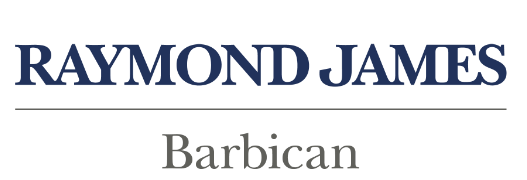After months of threats, negotiations, and reversals, we’ve now reached the August 1st Trump tariff deadline. The executive order issued by the US President imposes tariffs on goods from over 90 countries, with the majority facing a 15% rate, however, there are a few notable exceptions.
To start the week, the US and EU reached a trade agreement imposing a 15% import tariff on EU goods. According to European Commission President Ursula von der Leyen, this was “the best we could get,” as it’s half the rate that had been threatened to take effect today. Much to President Trump’s satisfaction, the deal surpassed last week’s $550 billion agreement with Japan, with the EU committing to invest $600 billion in the US and significantly increase its purchases of U.S energy and military equipment.
Despite the agreement, there was pushback from several key politicians, including French President Emmanuel Macron. He criticised the deal, arguing that the EU was not “feared” enough by President Trump and suggesting that this was only a first step, with room for further negotiations. There had been faint hopes that Europe might secure a zero-for-zero tariff agreement.
Earnings season continues, and European drugmaker Novo Nordisk surprised markets by issuing a profit warning and acknowledging headwinds for its blockbuster drugs, Ozempic and Wegovy. Shares plunged down 30% over the week, wiping more than $70 billion off its market cap. Once seen as the leader in the weight-loss industry, Novo’s results appear to have opened the door for competitors like Eli Lilly. The company also announced the successor to former CEO Lars Jorgensen: Maziar Doustdar, previously VP of international operations. He is now tasked with reigniting sales, combating knock-off versions of Novo’s drugs, and reassuring investors that Novo remains a dominant force in the space.
Germany’s GDP contracted by 0.1% in Q2, marking a slowdown from the growth seen in Q1, which had been driven by strong purchases ahead of anticipated US tariffs. Germany is expected to be hit hardest by the newly agreed 15% tariffs due to its heavy reliance on exports. Further economic pain is likely before the planned fiscal stimulus takes effect in 2026.
The US Federal Reserve held its fifth meeting of the year and, as expected, kept interest rates unchanged. The policy decision concluded with a 9–2 vote, with governors Michelle Bowman and Christopher Waller advocating for a rate cut—marking the first time in 30 years that two governors have opposed the majority. What disappointed markets most was the post-meeting commentary from Fed Chair Jerome Powell, who poured cold water on growing expectations of a rate cut in September. Powell stated it was too early to determine whether a cut would be appropriate at the next meeting, noting that the unemployment rate remains low and the labour market resilient, suggesting that current rates have not hindered economic activity.
US Non-Farm Payrolls, released on the first Friday of each month, surprised markets with only 73,000 jobs created in July—well below the forecast of 110,000. This slowdown aligns with broader market expectations and reflects the impact of trade tensions, tariffs, and growing caution among businesses when it comes to hiring, as pressures continue to mount. The news helped increase the probability of a rate cut in September, with US government bond yields tumbling on the news.
US stocks pulled back following the Federal Reserve meeting and in anticipation of the 1st August tariff deadline. However, Meta (formerly Facebook) reported Q2 revenue of $47.5 billion, exceeding expectations and offered a strong outlook for Q3, with capital expenditure showing no signs of slowing. This led to shares rising by 11% on Thursday, bringing the year-to-date gain to over 32%. Microsoft also delivered strong results, highlighting the artificial intelligence (AI) boom is still well in motion and shows no sign of slowing just yet.
It was an eventful week for copper, with the price plunging a staggering 20% on Wednesday. Trump surprised the market by announcing that the 50% import tariff on copper would exclude refined copper cathodes, which are the most commonly traded form of copper.
There was further tariff meddling from Trump on Thursday, as he increased tariffs on a range of countries, including a 35% tariff on Canada and 50% tariff on Brazil. Interestingly, only nine countries were able to strike trade-deals with the US in the run up to today’s deadline, however, many countries have vowed to continue to negotiate. Countries such as Brazil, Canada and India were denied extensions.
It has been a tougher week for markets, with concerns over tariffs weighing heavily over global equities. After a very strong run over recent weeks, where seemingly news flow around trade agreements was positive, this week was a reminder of the fragility of global trade and the unpredictability of US President Trump.
Nathan Amaning, Investment Analyst
Risk warning: With investing, your capital is at risk. The value of investments and the income from them can go down as well as up and you may not recover the amount of your initial investment. Certain investments carry a higher degree of risk than others and are, therefore, unsuitable for some investors.

